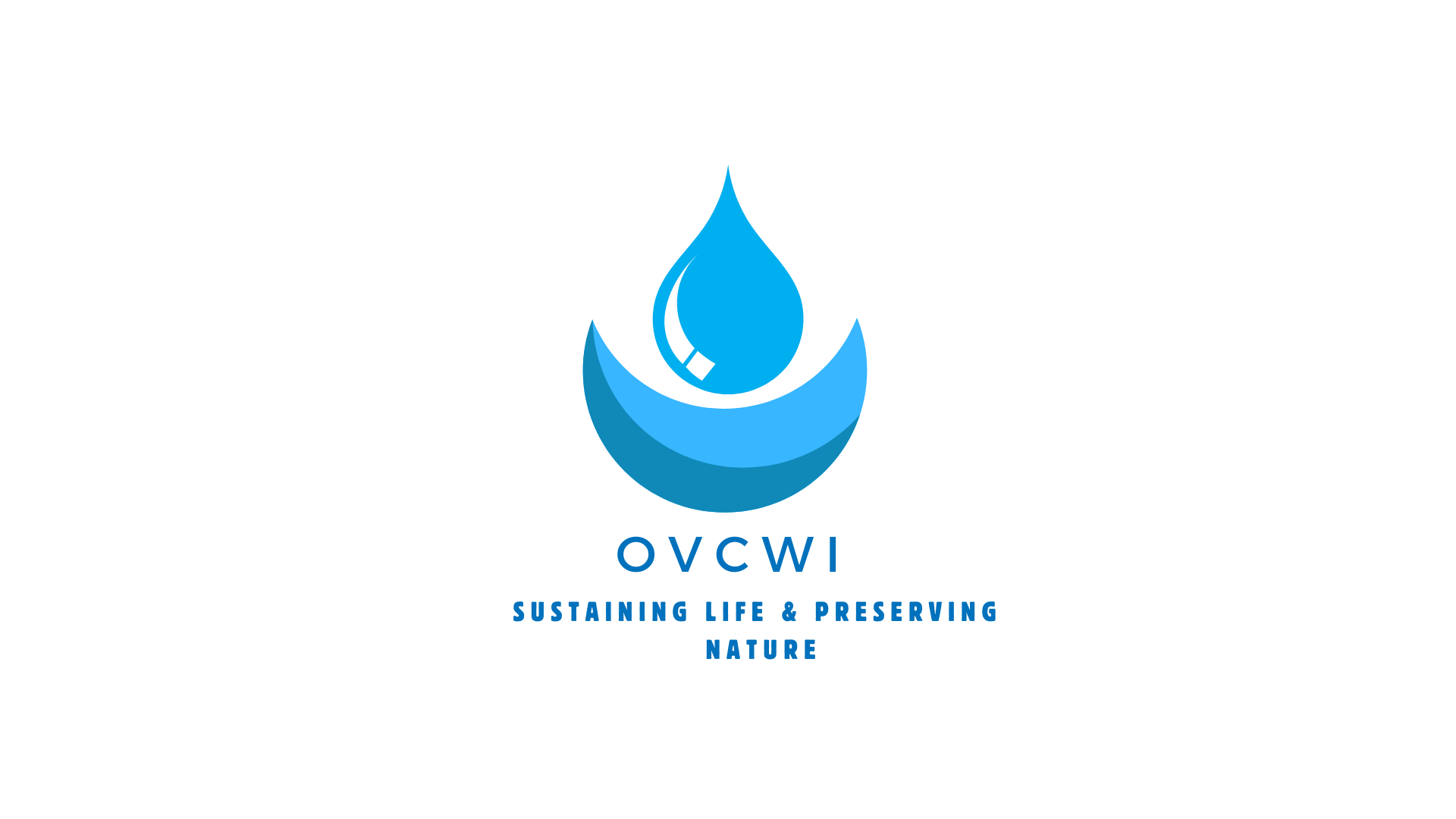The Omo Valley in southern Ethiopia is a region of stunning natural beauty, famous for its diverse and ancient cultures, and the home to rich and biodiverse ecosystems. However, this unique landscape and its inhabitants face a looming threat – the degradation of its rivers and pastures.
The Omo Valley is a vital resource for both humans and wildlife, providing water for drinking, irrigation, and livelihoods. It is also home to diverse wildlife, including endangered species such as Grevy’s zebra and African elephant. However, the delicate balance of this ecosystem is being disrupted by unsustainable practices and increasing human activities.
One of the major causes of river and pasture degradation in the Omo Valley is the rapid expansion of large-scale agriculture, primarily for export crops like cotton and sugarcane. These projects require significant amounts of water, which is diverted from the rivers, leaving them with low water levels and affecting the flow downstream. This not only impacts the communities living along the riverbanks but also the wildlife that depends on these water sources.
Another contributing factor to the degradation of the Omo Valley’s rivers and pastures is the construction of dams, particularly the Gibe III Dam, which was completed in 2016. While the dam provides much-needed electricity to the country, its construction has disrupted the natural flow of the Omo River, leading to erosion, loss of habitats, and other environmental impacts. This, in turn, has affected the traditional farming practices and livelihoods of the local communities who rely on the river for their survival.
Furthermore, unsustainable land-use practices such as overgrazing and deforestation have also contributed to the degradation of the Omo Valley’s pastures. As the population grows, more land is needed for agricultural activities, resulting in the clearing of forests and overgrazing of pastures, which leads to soil erosion and loss of fertility. This not only affects the vegetation and the livelihoods of the pastoral communities but also has a ripple effect on the entire ecosystem.
The conservation and sustainable management of the Omo Valley’s rivers and pastures are crucial not only for the well-being of the local communities but also for the preservation of this unique and biodiverse region. Steps must be taken to safeguard the Omo Valley for future generations.
One of the key initiatives for conservation in the Omo Valley is the protection of river basins. This involves maintaining the natural flow of the rivers and preventing the overuse of water resources for agricultural purposes. Additionally, measures need to be implemented to mitigate the impacts of dams, such as the establishment of environmental flow regimes and compensation for affected communities.
Sustainable land-use practices also play a crucial role in safeguarding the Omo Valley. This includes promoting sustainable agriculture techniques, such as agroforestry, which can help prevent soil erosion and improve soil fertility. Rangeland management and rotational grazing can also help restore the health of pastures and improve the livelihoods of pastoral communities.
Moreover, involving the local communities in the conservation efforts is essential for the long-term sustainability of the Omo Valley. Involving them in decision-making and providing them with alternative sources of income can reduce their dependency on traditional livelihoods that contribute to environmental degradation.
In recent years, efforts have been made to address these issues and protect the Omo Valley. The Ethiopian government, in collaboration with international organizations and NGOs, has implemented programs to promote sustainable land-use practices and protect the rivers and pastures. However, more needs to be done to mitigate the existing threats and prevent new ones from arising.
In conclusion, the Omo Valley is a precious and unique region that requires urgent conservation efforts to protect its rivers and pastures. The degradation of these vital resources not only affects the communities and wildlife that depend on them, but it also has wider global implications. It is our responsibility to safeguard the Omo Valley for future generations by implementing sustainable practices, involving the local communities, and working towards a balance between development and conservation. Let us all come together to protect this natural wonder of Ethiopia.
Discover more from Omo Valley Clean Potable Water Initiatives
Subscribe to get the latest posts sent to your email.





